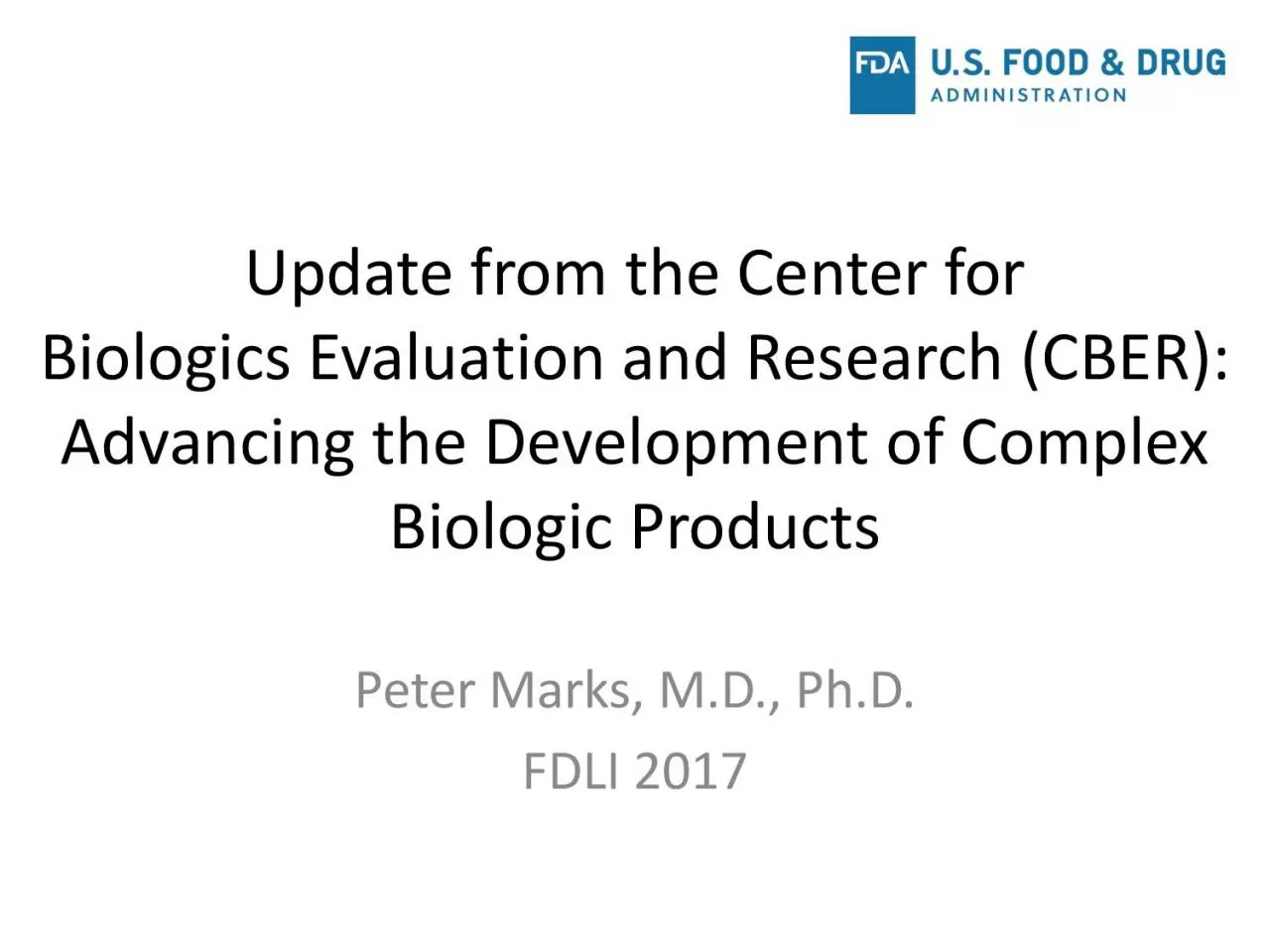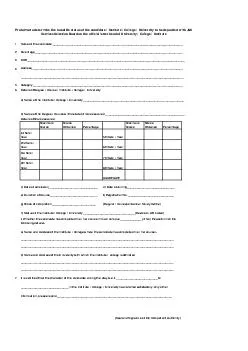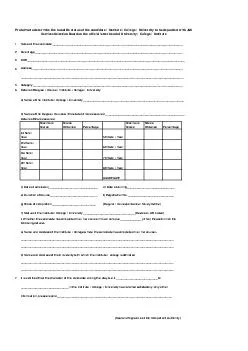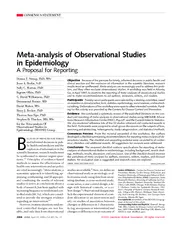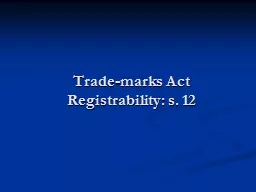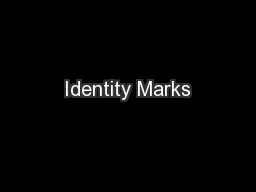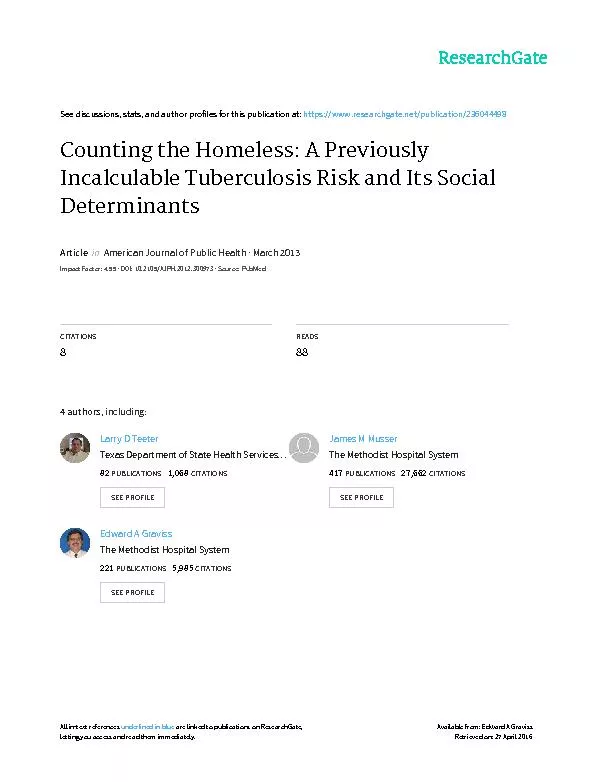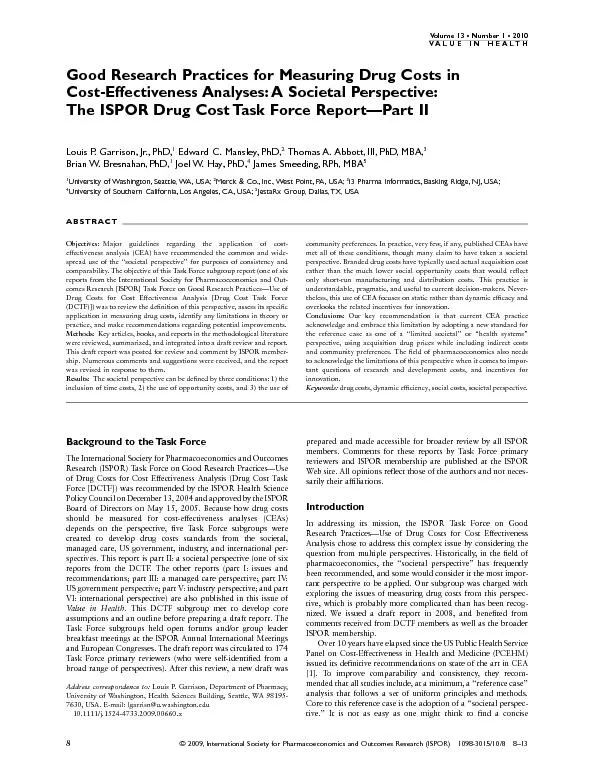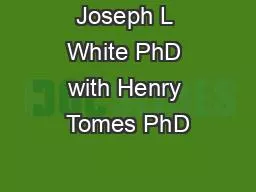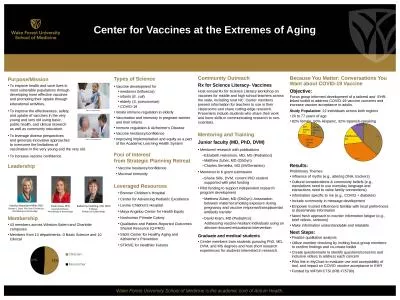PDF-Peter Marks MD PhD
Author : miller | Published Date : 2022-08-21
FDLI 2017 Update from the Center for Biologics Evaluation and Research CBER Advancing the Development of Complex Biologic Products 2 Outline Products regulated Significance
Presentation Embed Code
Download Presentation
Download Presentation The PPT/PDF document "Peter Marks MD PhD" is the property of its rightful owner. Permission is granted to download and print the materials on this website for personal, non-commercial use only, and to display it on your personal computer provided you do not modify the materials and that you retain all copyright notices contained in the materials. By downloading content from our website, you accept the terms of this agreement.
Peter Marks MD PhD: Transcript
Download Rules Of Document
"Peter Marks MD PhD"The content belongs to its owner. You may download and print it for personal use, without modification, and keep all copyright notices. By downloading, you agree to these terms.
Related Documents

